Add a wild space to your landscape, and learn how to murder your lawn
Back when I was a kid, I used to go to ‘Nature Camp’ at the local park every summer. I would come home every day with some creation, be it a bowl made from creek clay or some woodland creature made from bark and leaves. There, we also would get covered in burrs traipsing around the wild meadow trying to catch butterflies and learning about spiders. It was at this Nature Camp that I began to learn about the importance of such ‘wild’ habitat.
So-called wild spaces are incredibly beneficial in the home landscape as well. A homeland meadow or yard prairie can harbor pest-reducing predator insects, attract pollinators, and bring a little wildness to your cultivated space in a pleasant manner.
In my own words, a wild space is a space we cultivate to mimic a natural ecosystem, with strategic plantings that evoke a sense of wildness, attract beneficial insects, build soil fertility, and are aesthetically pleasing.
What are we exactly talking about with a wild space? Do we just stop mowing? Is this an abandoned space? That’s not what I’m talking about here. Often when we leave a space go feral, we end up with a lot of unwanted plants that are generally considered noxious or invasive weeds. We can design a ‘wild’ space that is much more productive with a little know-how.
As such, we are making something that appears wild but is a well-designed, cultivated space that becomes low maintenance.
In the words of horticultural author Noel Kingsbury: “No garden is ever really ‘natural.’ Leave a garden to the forces of nature and the result will very nearly always be a tangled mess of vegetation that will give little joy to anyone other than a dedicated naturalist.”
So how do we make a wild space pleasant and attractive to both nature and ourselves?
What does your wild look like?
These wild spaces can take the form of a small border planting or more expansive space of your property that is not often used.
A wild space often includes many regional native species, but may not be limited to natives based on your preferences. Native species are very beneficial to include at least in part, as they are able to better support native fauna and are generally more pest resistant in the area.
Given the region you’re from, this wild space will often take the form of a small prairie, with herbaceous perennials and annuals planted in various patterns and diversity. For best resilience, always look for regionally adapted plants that you can use in your design.
For example, I would not want to use a mix of species adapted to my home state of Ohio for a design in New Mexico. The differences in soil type and water availability alone would limit the success of such a planting.
I suggest searching for regional centers for regionally adapted plant offerings. In Ohio, the Ohio Prairie Nursery sells seed mixes that reflect the expansive and varied prairie savannah ecosystems once present in the state. A similar organization for much of the Midwestern US is the Prairie Nursery out of Wisconsin.
For your state, a great resource is www.plantnative.org, with both native nursery recommendations and lists of common native plants.
How to create your own patch of wild
Okay Ben, we get it. We should plant something out of a western movie. So how do I actually do it?
I’m glad you asked…
First, determine what type of plants you like and the form that your planting will take.
Then you need to establish your space. If you’ve already got a garden bed that you want to convert to wildness, you’ve got a great start. If you’re looking to convert a patch of lawn or weeds, you need a bit more work.
To prepare a lawn or weed space for your wild garden, you’ll need to kill your lawn. There are a few ways you can do this.
How to murder your lawn
- Smother and suffocate
You can place an opaque covering over the existing grass to smother it. This cover needs to be in place for at least two months of the growing season to really kill stuff good. This will kill perennial grasses, but at two months you still may get the return of some perennial weeds. So if you have a lot of perennial weeds, suffocate longer. I recommend a few options for smothering and suffocating.
- Old carpet works great since it still allows water to seep through.
- Black plastic works but is prone to tearing and is not water permeable. This will kill your soil more than you would like.
- Landscape fabric works but is usually only good for single use, as it is UV sensitive in my experience. This option can get costly.
- Sheet mulching! This is a whole post in itself, but it consists of placing down a cover of wet cardboard, followed by several inches of mulch, compost, and straw.
- Any surface that you are okay with leaving in place for a period of time outside will work. It is best if it is water permeable, as this will help maintain some soil life and structure.
- Till it till it dies
You can use a tiller to churn up the topsoil down to a depth of 6-8 inches to break up sod and chop perennial roots. This must be repeated every 2-3 weeks until all vegetation and annual weeds are killed, 3-4 times.
- The benefits are that you kill the weeds and lawn
- One drawback: you kill the biology of your soil. By churning up your soil, you break up the existing microbiology that has adapted to the stratification of your soil. If you have a lawn that you treat with chemicals, no worries. You don’t have any biology there anyway right now. We’ll build that with your wild space.
- A caution: you need to do this process immediately before planting, and during a period of little rain. You are at high risk of erosion and losing any existing topsoil in one good rain. Because of this risk, do not use this tactic on slopes.
- Spray it (Gasp!)
- While I hate to say it, the most efficient and cost effective way to eradicate a lawn is with a glyphosate application. And while I hate to use the word, this is Roundup, for those of you who are not familiar with the term glyphosate. Why I hate this option is for you to research and discover on your own. Just know that there are risks and make your own decision. I prefer to avoid this option, but I’m also a realist. The short term cost is minimal, the long term cost debatable. And again, forget soil microbiology (aka ‘soil health’).
Now that we’ve got bare earth, it’s time for planting!
If you’re going with some sort of prairie design, the most widely available and economical option is usually a seed mix of some sort. This will give you a diverse array of species that will establish in the space. With many such mixes, you will also get year-to-year variation in the emergence of plants, as your soil and conditions change.
Starting from seed is most affordable. Of course, the trade-off is time, as it will take 2-3 years before your prairie will really begin to show its colors. Be sure to follow instructions for establishment very closely.
If you can’t wait that long, or prefer to have a more designed space, you can purchase root starts for your perennials, or potted plants. This will allow you to provide an arrangement that on the surface appears rugged, but underneath is a more planned design for aesthetic value.
For examples of a natural-style but well planned design, two designers from Europe are very proficient with this style: Piet Oudolf and Dan Pearson.
With this, you’re well on your way to enjoying the natural ruggedness of your wild space! So tell me, where is the best spot on your property for a small wild space? Leave a comment below!
Stretching across vast expanses of the American Midwest, the prairie was once one of the world’s greatest wild-flower spectacles, a seemingly endless sea of grasses sparkling with an incredible variety of flowers… The prairie has now been almost entirely cleared for agriculture.
Noel Kingsbury, Natural Garden Style
What? A free guide to save 27 hours of yard work? Yes please!
Resources
- Natural Garden Style by Noel Kingsbury. 2009. This is a great resource on natural-style designed gardens. These are planned spaces but evoke a sense of natural beauty.
- Piet Oudolf. //oudolf.com/. Piet Oudolf is a leading designer of natural style perennial gardens and has designed many spaces, including the High Line in New York and Millennium Park in Chicago.
- Dan Pearson. //www.danpearsonstudio.com/. Dan Pearson is also a leading designer of natural style perennial gardens and a regular contributor to a column on The Guardian where he talks design tips and chronicles the evolution of his farm property into a beautiful food producing garden farm.
- Plant Native. //plantnative.org/. This site is a great resource for finding common natives in your region as well as local nurseries selling native plants.
Photo Credits – in order of appearance: Tim Norris, Kristin Brenemen, Jack Holloway, Mary Ann Alberga, Roger Ward, Kalexander



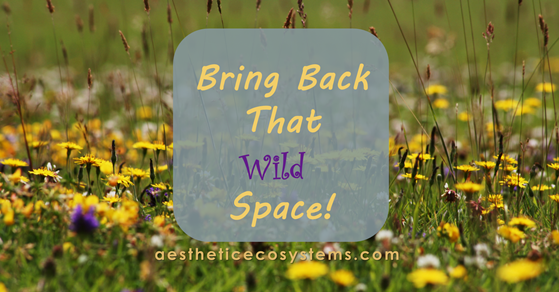
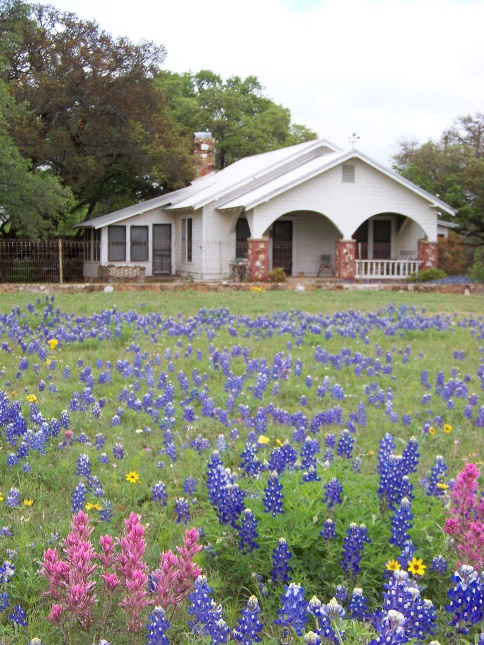
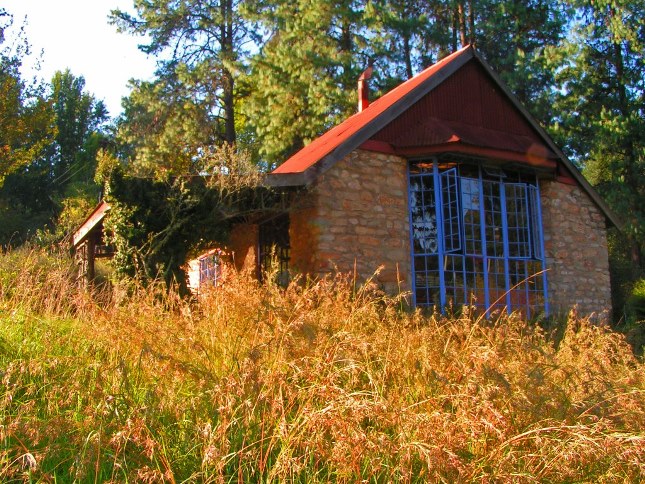

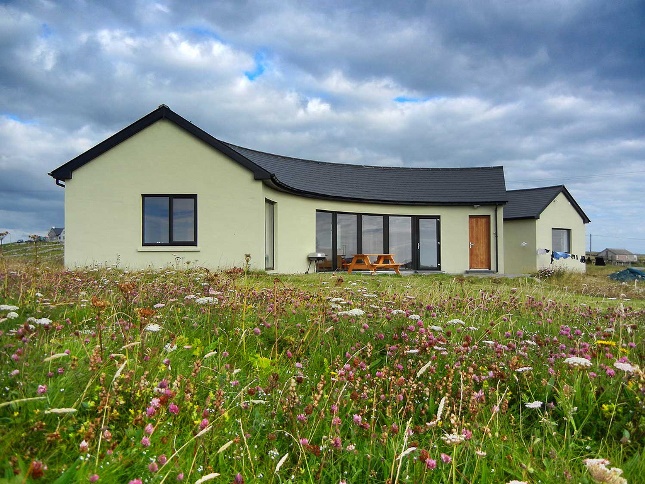
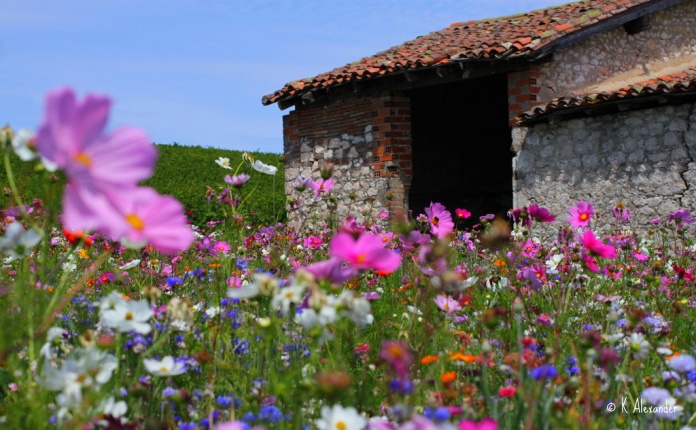
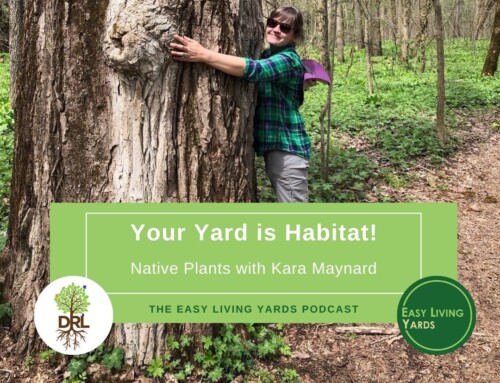

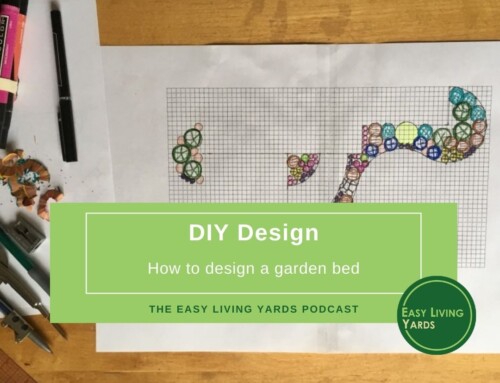

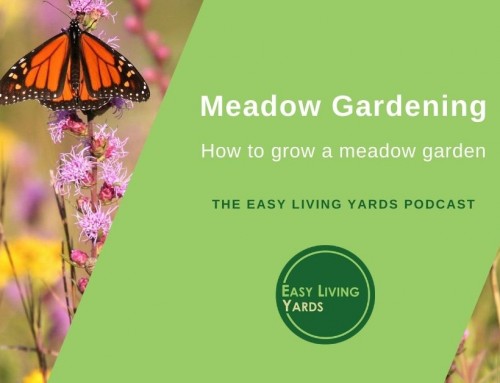
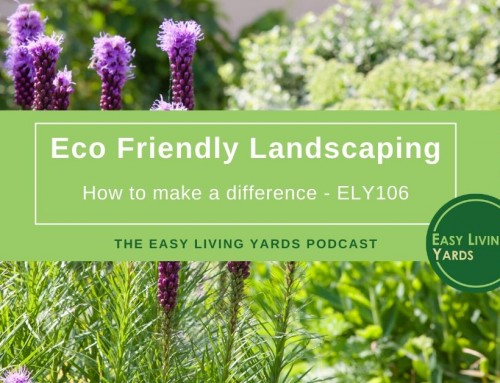
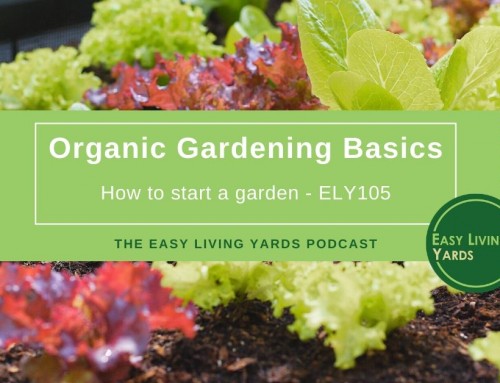
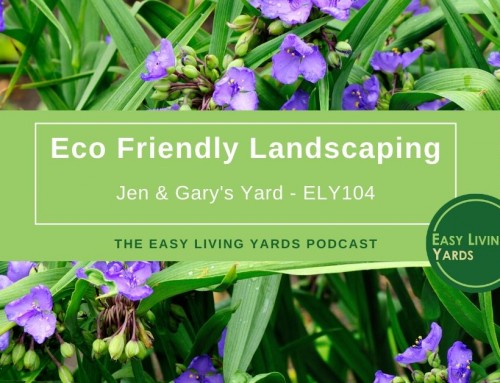
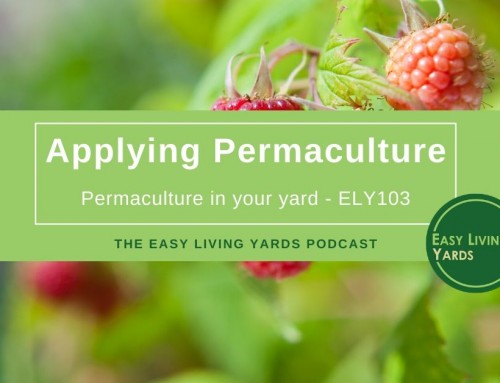
Leave A Comment